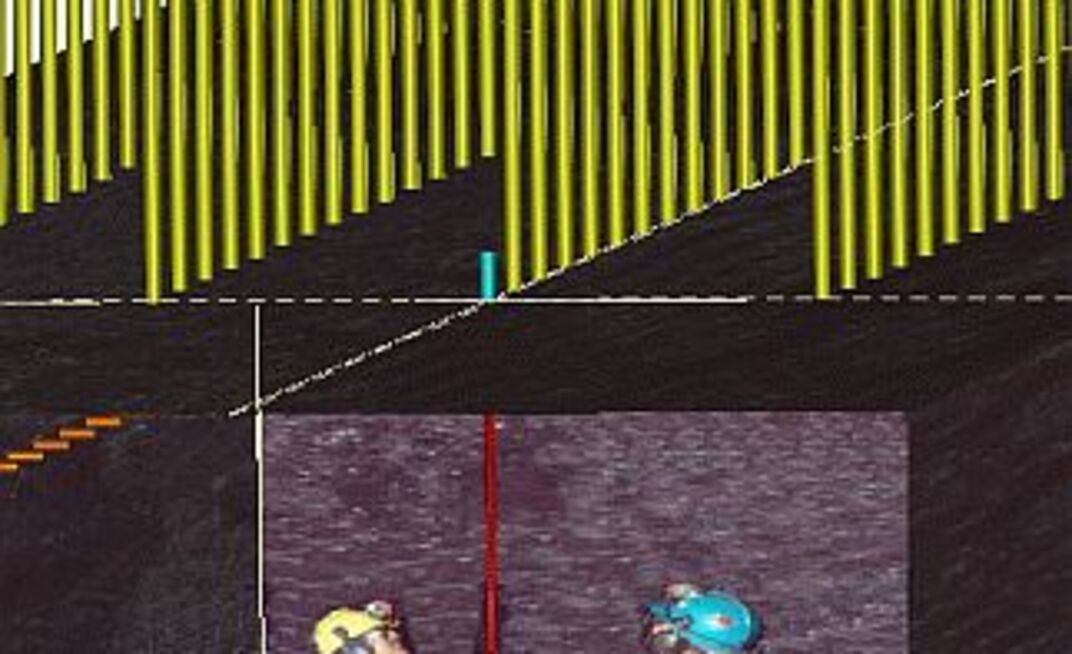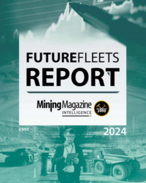The survey was conducted with participants of the March 2007 Roadway Development workshops held in Pokolbin, Penrith and Mackay.
Participants not only ranked their top 10 barriers but also offered up some solutions to overcome the obstacles, which were later added to by the Roadway Development Task Group.
1. Availability of continuous miners
To tackle this number one problem, maintenance was suggested as a key strategy – including proactive maintenance, research into maintenance best practices, better maintenance training, implementation of a maintenance management strategy and more resources dedicated to the area.
It was also suggested the machinery needed to be designed for improved availability and fit for purpose equipment should be used.
2. Speed and ease of operation of bolting rigs
Potential improvements in this area included automated bolters, self drilling bolts, single pass bolting, improved ergonomics, better maintenance and higher engineering skill levels.
3. Delays in panel and outbye conveyors
Solutions proposed included higher standards in installation, housekeeping, belt cleaning and maintenance. It was also suggested that components were condition monitored and any substandard belting/structure of equipment be replaced or repaired. It was also recommended delay causes be audited.
4. Skill level of operators and trades
In line with many thoughts across the industry, participants suggested more technical college, mine and simulator training, bringing on apprentices and mining cadets, and accreditation of skills across the industry to combat the skills crisis.
5. Planning and coordination
According to the participants, mines should implement a standardised planning system such as the Ultimine used by United. Planning also needed to be recognised and understood as an essential aspect by all employees and adhered to. Once employees are correctly trained and adhering to planning, led by the correct supervisors, performance should then be monitored against the plans.
6. Environmental conditions – face area
To improve the face area mines should strive for higher standards of housekeeping, roadway maintenance and improved management of face water. Participants also thought it was important to improve ergonomics on face equipment, have larger diameter ventilation ducting and use monorails for cables, hoses and ducting.
7. Number and availability of bolting rigs
Coming in at number seven was accessibility to bolting rigs. Suggested solutions to this included increasing the number of bolters and ensuring existing equipment was upgraded, improved ergonomics and automation/engineering solutions including good design for serviceability and changeouts, and designing in a large flat work platform.
8. Cutting and loading capacity of the continuous miner
To improve in this area, participants agreed CMs should be fit for the task they are performing, there should be research into machine design, engineering capabilities should be micro-managed to achieve optimum output, and better geological data should be available for equipment specification. Leading on from Gary Gibson’s review of underground metalliferous and civil tunnelling sectors it was also suggested a tunnel boring machine should be adapted for coal mining.
9. Face supervision
To improve face supervision mines can better define roles, authority, accountability and responsibilities and there should be targeted training and development programs, such as mentoring.
10. Manning levels/absenteeism
Identified solutions in this area included prioritisation of work tasks and labour assignment; optimum work crew numbers; skilled trades pool; self-managed teams; rotation of tasks; and fatigue and overtime policies.
Outcomes
The upshot of this study is an immediate, medium and long-term plan from the RDTG members.
Within one year it is planned the following is developed: project management systems for roadway development; fundamentals of roadway development handbook; process model for development; and a management structure, style and skills be identified.
In two to four years the RDTG plans to have up and running and able to be fitted to current generation machines an automated bolting system, alternate skin reinforcement and rib confinement and services.
In the long term (five-plus years) the team hopes to achieve an integrated system incorporating cutting, loading, conveying, support and logistics.
























